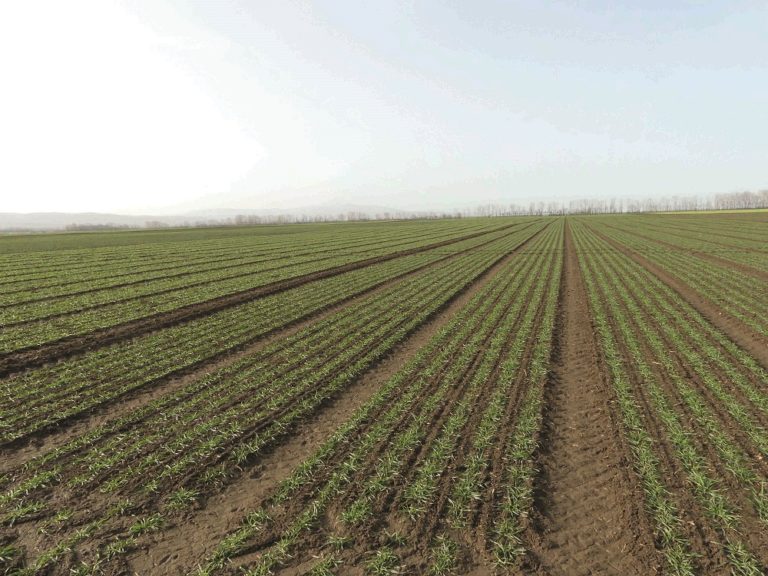Breeding Progess & Research
Advanced Technology of Hybridisation in Hybrid Wheat.
Basically, hybrid wheat results from crossing a female parent (male sterile) and a male parent. Winter wheat belongs to the self-pollinating species. In order to avoid self-pollination of the female parent breeders use a hybridizing agent (HA) named CROISOR® Pack to produce F1 Hybrids. Female plants are treated with HA. After the application of HA, plants are not able to produce fertile pollen anymore. Female plants become male (pollen) sterile. This guarantees that fertilisation is carried out by the pollen of the fertile male parent plant. The seeds harvested from the female parent after the crossing are fertile F1 hybrid seeds. Almost 30 years ago our breeders have established this hybridisation system now allowing SAATEN-UNION to provide farmers with high potential hybrid wheat varieties.
Breeding of Hybrid Wheat Varieties

Application of Hybridizing Agent CROISOR® Pack
Hybridizing Agent (HA) CROISOR® Pack (active matter: Sintofen).
So far, the only hybrid wheat seed marketed in Europe is produced with the CROISOR® Pack which is exclusively owned by ASUR PB. More than 40 CROISOR® Pack hybrids that were bred by ASUR or by its main shareholder NORDSAAT are listed in catalogues from various European countries.
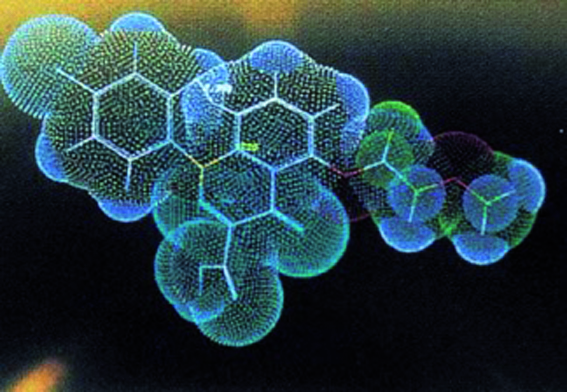
Commercial production has started in 1995 and SAATEN-UNION now markets the seed in more than 20 countries. The advantage of this hybridisation technique is that very fertile, high performing new hybrids can be produced quiet easily and speedy. Applying HA speeds up the breeding process and allows a wide range of trait combinations to meet the different customer demands. The disadvantage is that the seed production demands very specific know how and has to be carried out in alternating strips of female and male parents. In addition, the treatment efficacy of CROISOR® Pack also depends on the weather conditions causing in some years a significant failure rate despite of the continuously improved application technique.
Benefits for the customer:
- Fast breeding progress leads to new high performing varieties
- F1 seed with high level of hybridisation rate
- Secured seed availability
ASUR plant breeding keeps improving their seed production and CROISOR® Pack application technology.
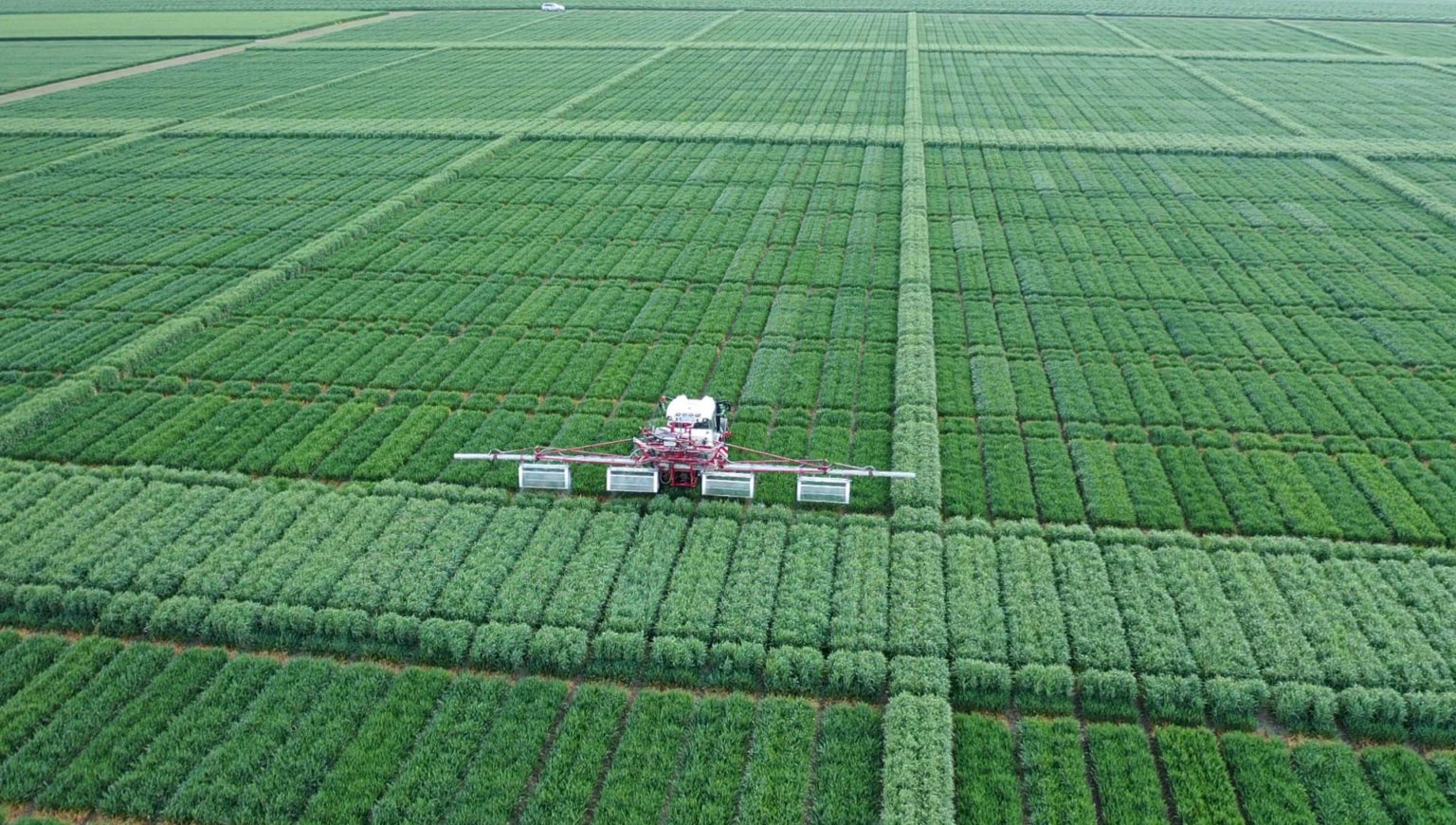
Challenges of Hybrid Wheat Breeding
Unlike cross-pollinating species such as maize, hybrid breeding is still in its infancy in regard to wheat. But why is it so tricky with wheat? First of all, the wheat’s genome is incredibly big. While the genome of arabidopsis – the first plant to be sequenced – contains 135 million DNA letters and the human genome 3 billion, common wheat (also known as bread wheat) has 16 billion.
Furthermore, the common wheat genome is really three genomes in one. About 500,000 years ago, before humans had even existed, natural hybridisation between two species of wild grass was taking place producing the progenitor, now known as emmer wheat, of our modern wheat. After humans started to domesticate those plants by cultivating them on their fields, a third grass species was inadvertently crossbred. This convoluted history has left modern bread wheat with three pairs of every chromosome, one pair from each of the three ancestral grasses. In technical terms it is called a hexaploid (AABBDD) genome. While the maize genome was already sequenced in 2009, the genome sequence of common wheat was only published almost 9 years later in the year 2018. This huge and complex genome is one of the reasons why the establishment of hybrid wheat breeding is much slower. In addition, wheat is an autogamous (self-pollinating) species. It is also cleistogamous, which means that self-pollination and fertilisation take mainly place within the closed flower so that only a small amount of pollen is released to the outside. However, a high pollen release of the male parent line is essential. In order to produce hybrids successfully it is essential to choose a male parent line with high pollen shed and a female parent which is male sterile so that it does not produce pollen itself. To avoid unwanted self-pollination, a controlled pollination system is required – a socalled hybridisation system.
Major challenges are:
- Achieving a reliable hybridisation system (sterile female parent, fertile hybrids).
- Synchronising flowering and pollen dispersal between the parents.
- Obtaining heterotic groups.
- Developing an efficient seed production.
Researchers and breeders from NORDSAAT and ASUR are working together on the development of efficient high yielding hybrid wheat varieties.
The overall goal is to maximise the heterosis and to increase the producibility of the varieties. Several innovative scientific projects are running.
Challenges of Hybrid Wheat Breeding
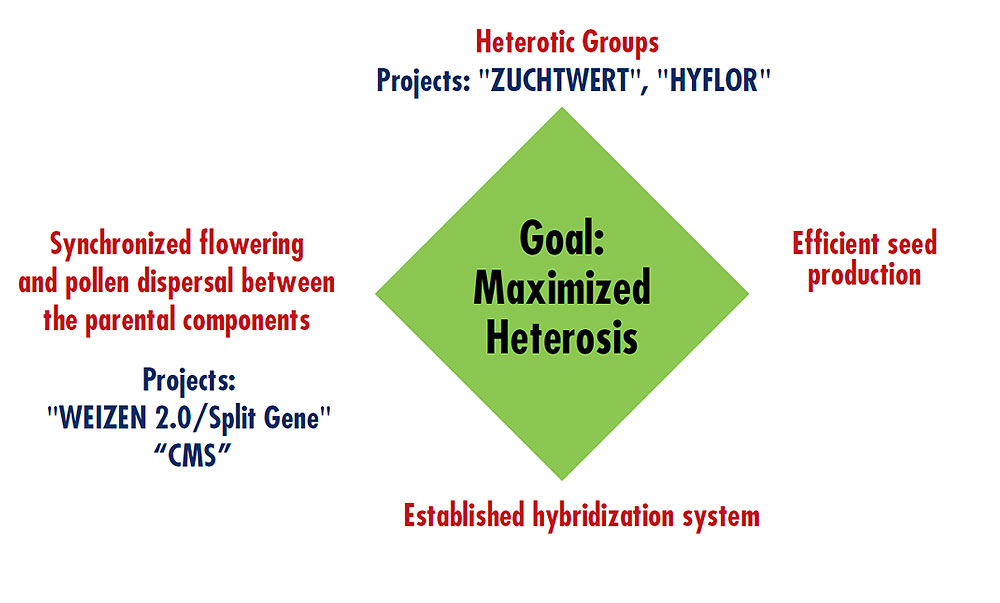
Yield advantage of hybrid wheat is ensured by ongoing breeding progress
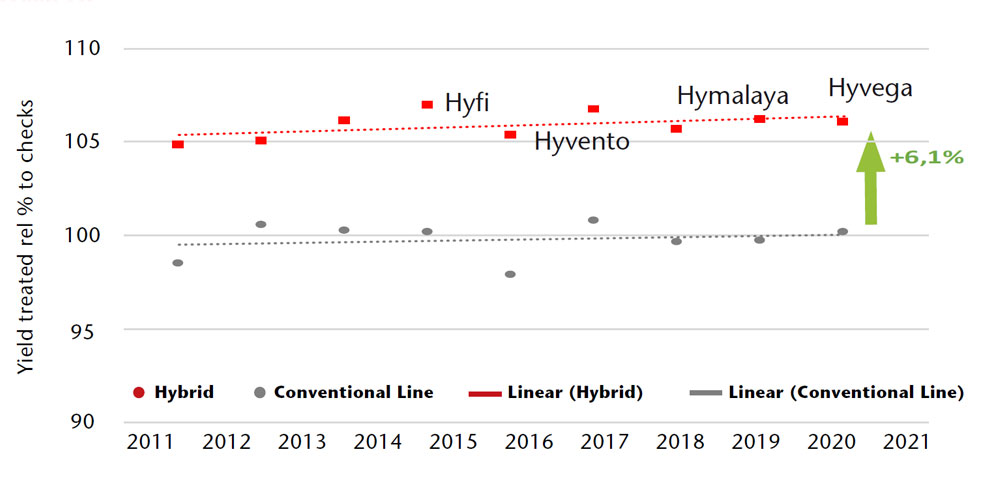
Source: Official Registration Trials Results Germany 2012-2020
Innovative Breeding Projects: ZUCHTWERT (engl. Breeding Value)
The ZUCHTWERT (english: Breeding Value) project brings together partners from science and industry with globally unique know-how, genetic material and technology in hybrid breeding. The aim of the project is to carry out fundamental research for the systematic use of heterosis in hybrid wheat breeding.
In particular, there is a focus on:
- The formation of heterotic groups with a high combining ability
- Development of prediction models for hybrid performance
- Use of recurrent genomic selection
- Benefits for the farmer and the consumer: Efficient hybrid wheat varieties with a high yield and quality performance
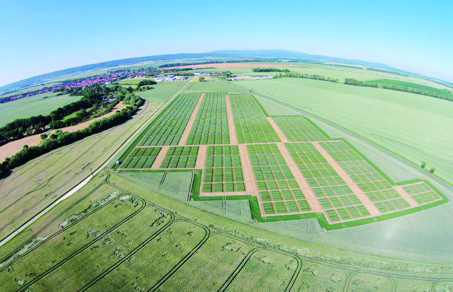
Some breeders and shareholders of SAATEN-UNION are significantly involved in the ZUCHTWERT project. These include in particular NORDSAAT SAATZUCHT GmbH, which has been breeding hybrid wheat since 1999 and has already developed successful varieties such as HYBNOS 1 and HYMALAYA.
The project aims to lay the foundation for using the heterosis effect in hybrid wheat breeding systematically. This involves the formation of heterotic groups with a high combining ability, prediction models for hybrid performance and the use of recurrent genomic selection.
Hybrid breeding uses the phenomenon of heterosis to increase crop yields. Hybrid breeding has already been successfully established in cross-pollinated crops like maize and rye applying other breeding methods. Considering the constantly increasing world population and the climate change, it is also essential to be able to use the heterosis effect in wheat breeding so that it is possible for hybrid varieties to achieve an improvement in value for cultivation and use, especially in terms of yield. In order to succeed substantial innovations are necessary to develop a sound methodological basis for hybrid wheat breeding. This primarily concerns the formation of genetically diverse heterotic groups with a high combining ability.
A main goal in ZUCHTWERT is the search for heterotic groups in adapted and exotic material using phenotypic and genomic information. Genomic selection in hybrid wheat breeding is applied and further developed as a tool for the identification of superior hybrids and for the search and selection of heterotic groups. More than 2,000 hybrids from 240 adapted parental lines will be produced and tested with their parental lines in two-year field trials on several sites in Germany. In addition, approx. 250 hybrids are produced from crosses between exotic material and elite testers and then tested in two-year multi-environment field trials. High-density marker data (SNP markers and exome capture technology) of parental lines are used for genomic selection and for the search for heterotic groups. You can find out more about the project in the following video.
